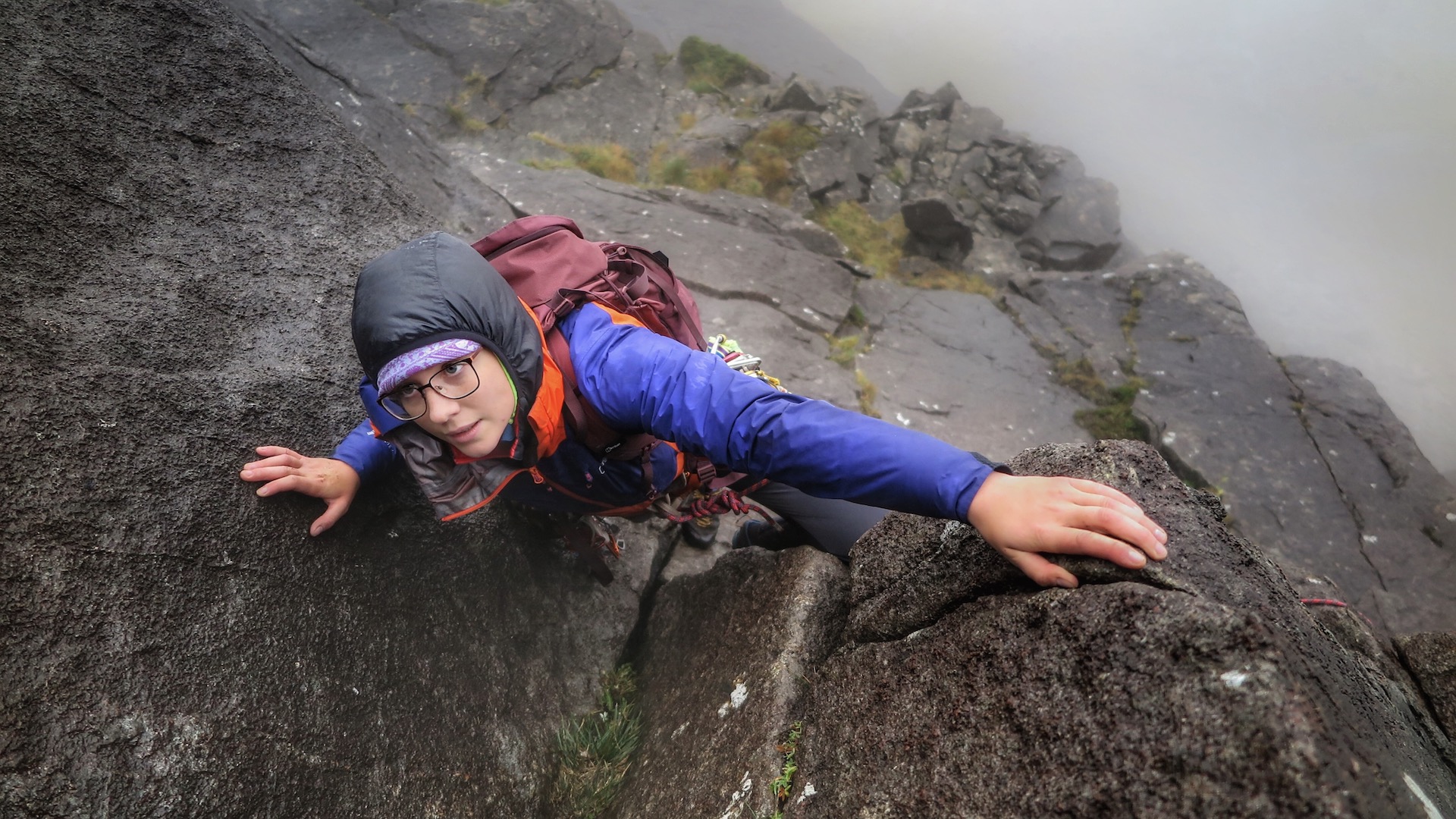What is free climbing? And is it the same as free soloing?
What is free climbing? We break down one of the most misunderstood terms in climbing

Free climbing, sport climbing, trad climbing, bouldering – there seem to be so many different types of rock climbing. Perhaps one of the vaguest and most misunderstood terms in rock climbing though, is free climbing. So what is free climbing? And is it the same as free soloing? In this article we explain what free climbing is, and what it isn’t.
What is considered free climbing?

Free climbing is basically the umbrella term given to any style of climbing where you’re not reliant on gear to get you up the wall. Okay, so like Alex Honnold scampering up El Capitan without ropes, right? Well, no, not necessarily. In fact, though you could be gear-free, you’ll almost definitely be wearing climbing shoes and you may well even be on a harness and top roped or placing pieces of protective gear like cams in case you fall.
This broad climbing term is basically in contrast to another style of climbing called Aid Climbing, in which you use ladders and other devices to pull yourself up. Aid climbing is used in scenarios where free climbing would be impossible, for example a sheer rock face with zero holds. In free climbing, you're using your own arms and legs to power yourself up a rock face. In many kinds of free climbing, you are indeed using gear, but this gear doesn’t actually propel you up the wall – it prevents you from getting injured in case you fall.

So, free climbing can really mean almost any type of climbing including:
- Sport climbing where you generally climb using ropes fixed to permanent anchors at the top of a route
- Trad climbing where you don’t have a top anchor and place your gear as you go
- Bouldering where you forego ropes and harnesses and climb a boulder with a crash below you to land on
What is free climbing vs free soloing?

So to get back to the big question, what is the difference between free climbing and free soloing? You may have figured it out by now, but in case you haven’t, the answer is that free soloing is a type of free climbing. In free soloing, you definitely use your own strength to climb the wall, but with the added excitement of using no ropes or protective gear.
Still a bit confused? Don’t worry. The good news is that since the term free climbing covers almost every type of rock climbing you’re likely to do on a wall, it’s not all that commonly used in rock climbing since it doesn’t really describe what you’re doing. If you’re inviting someone out climbing, more pertinent would be to clarify whether it’s sport, trad or aid climbing, or bouldering.
If you’re still new to it all, make sure to check out our handy guide to rock climbing terms.
All the latest inspiration, tips and guides to help you plan your next Advnture!
Julia Clarke is a staff writer for Advnture.com and the author of the book Restorative Yoga for Beginners. She loves to explore mountains on foot, bike, skis and belay and then recover on the the yoga mat. Julia graduated with a degree in journalism in 2004 and spent eight years working as a radio presenter in Kansas City, Vermont, Boston and New York City before discovering the joys of the Rocky Mountains. She then detoured west to Colorado and enjoyed 11 years teaching yoga in Vail before returning to her hometown of Glasgow, Scotland in 2020 to focus on family and writing.

